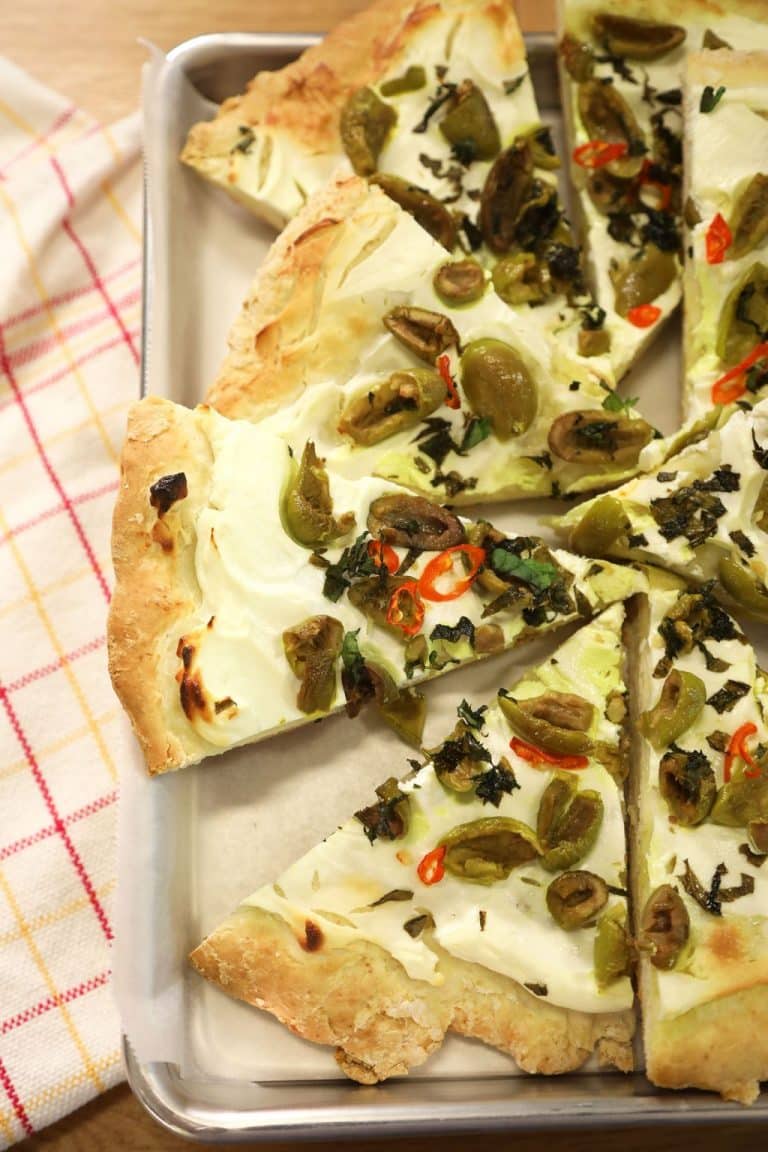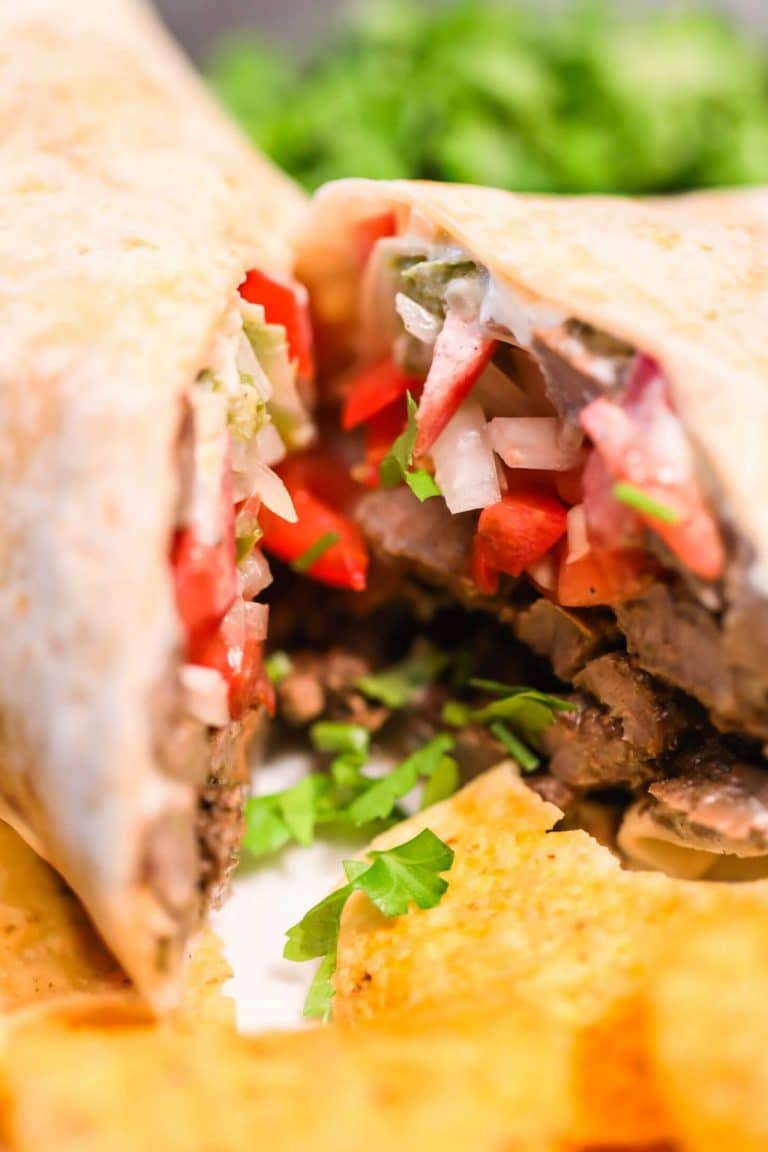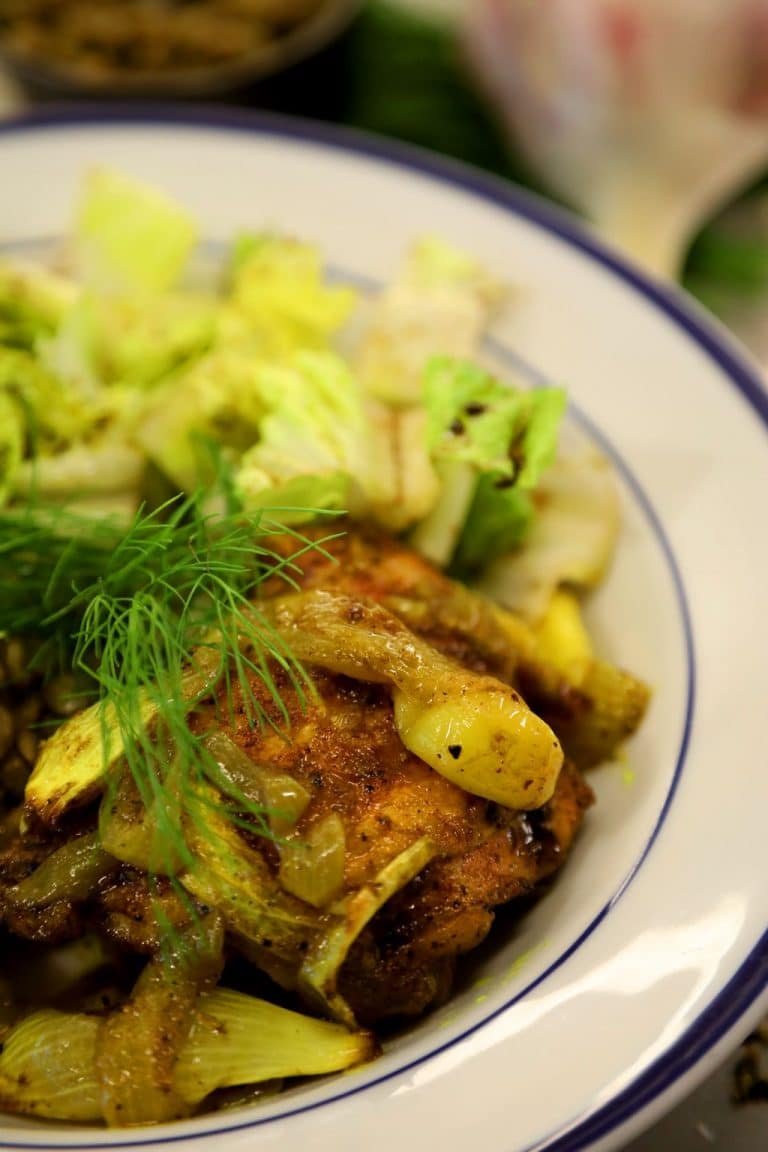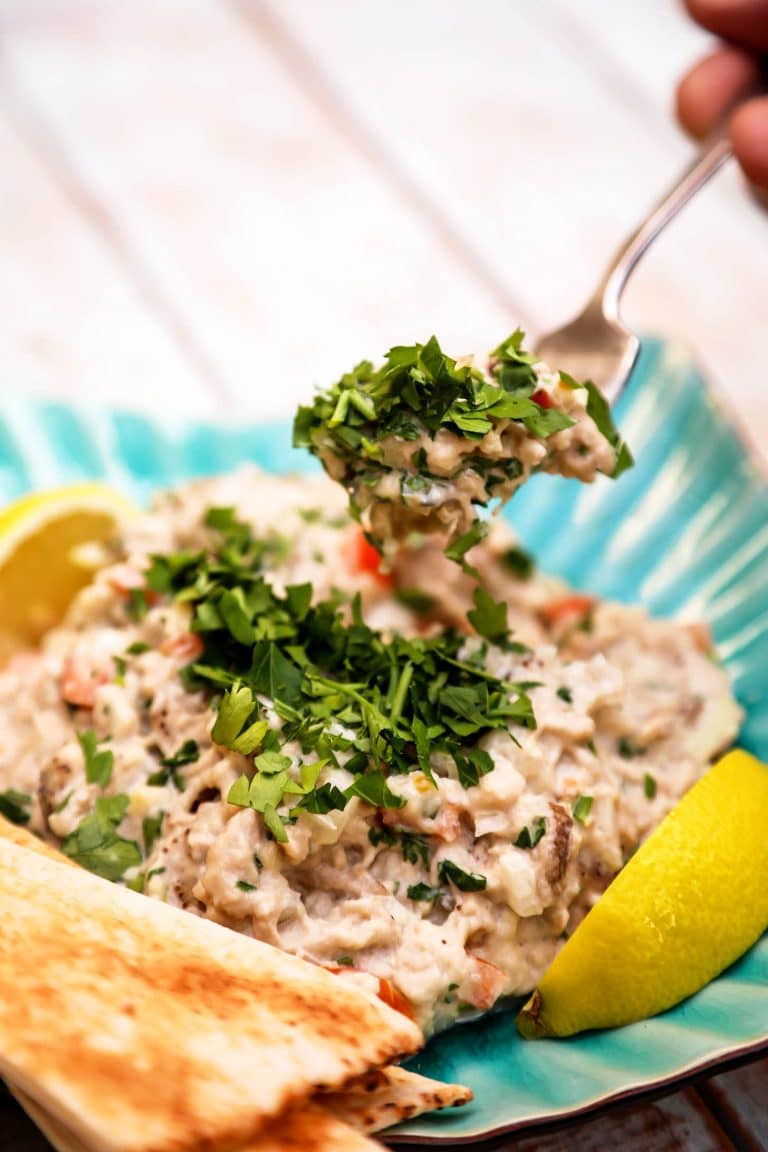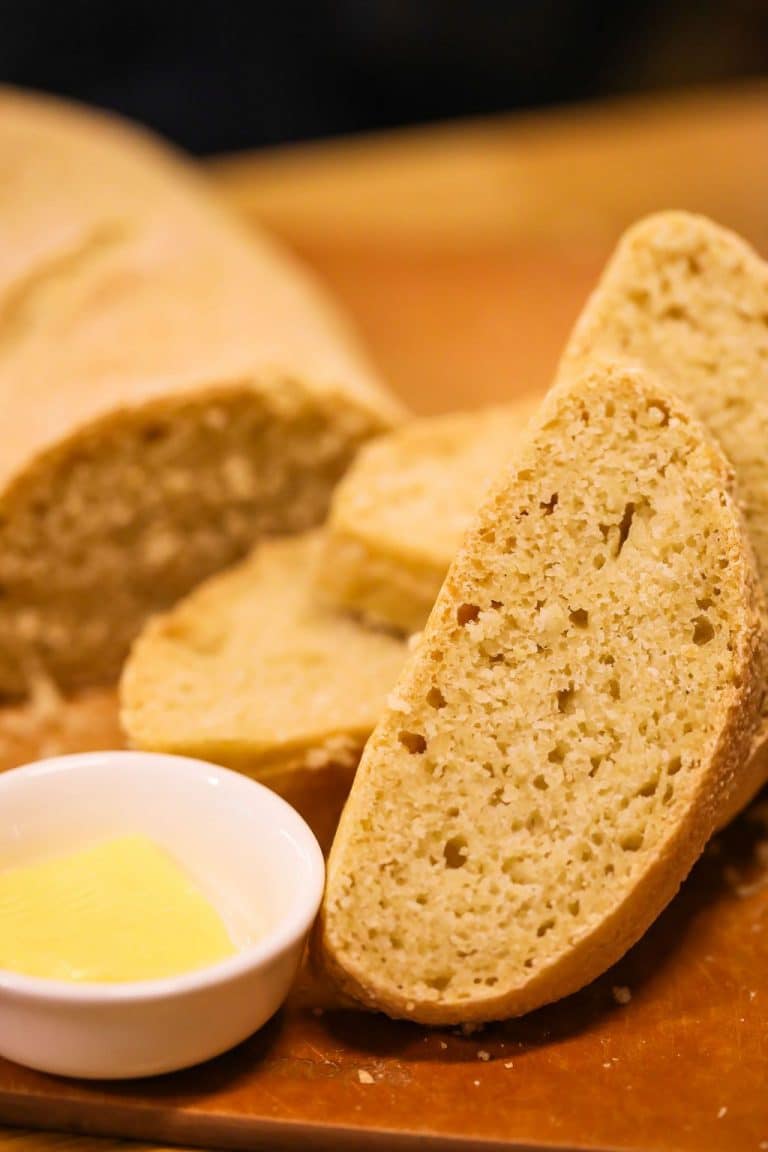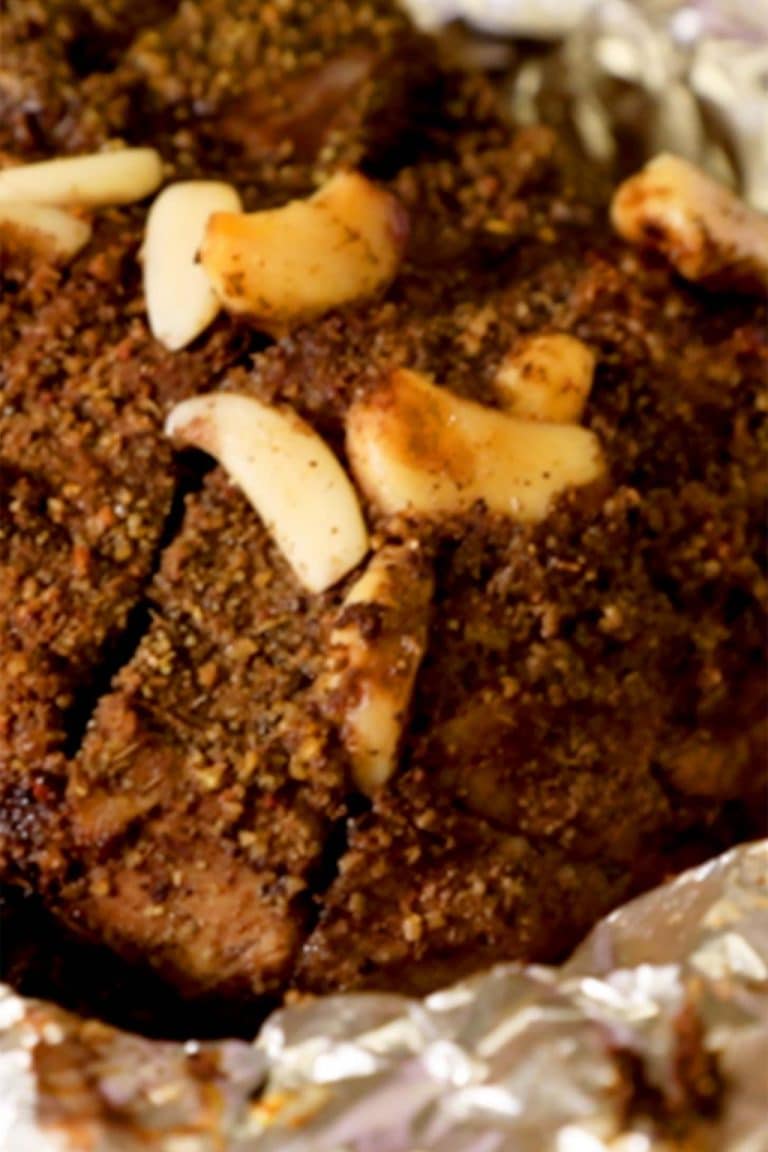Lamb Burger (The Other Red Meat)
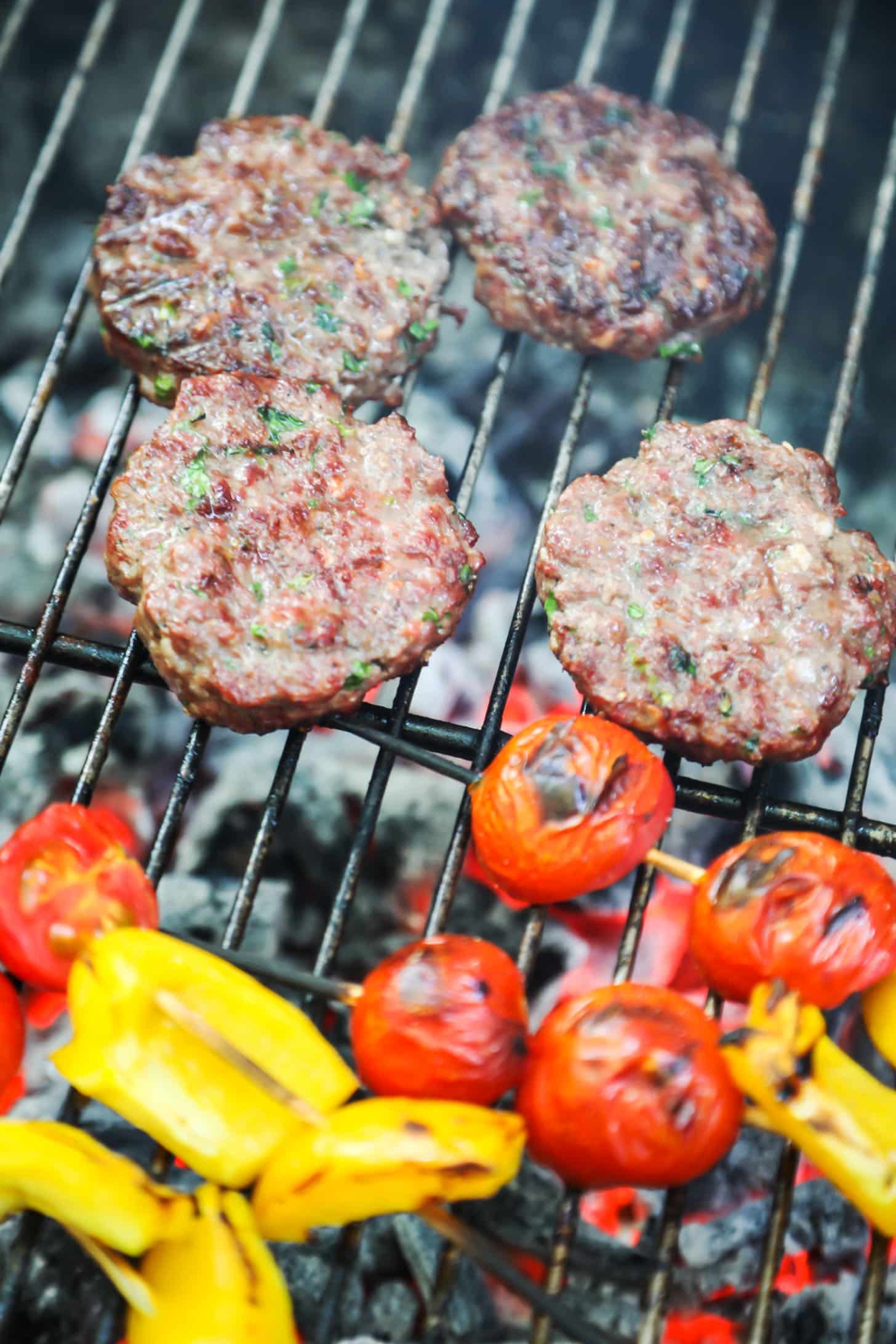
The lamb burger is an extremely popular choice for burgers in the Middle East.
For those who can afford it, meat, beef, lamb or chicken, is a big part of many meals in the Arab world.
Lamb is prized for its flavor, and mostly free range lifestyle of flocks still led by shepherds.
Lamb meat is more expensive than beef due to the additional costs in raising the animals.
How to Make a Great Lamb Burger
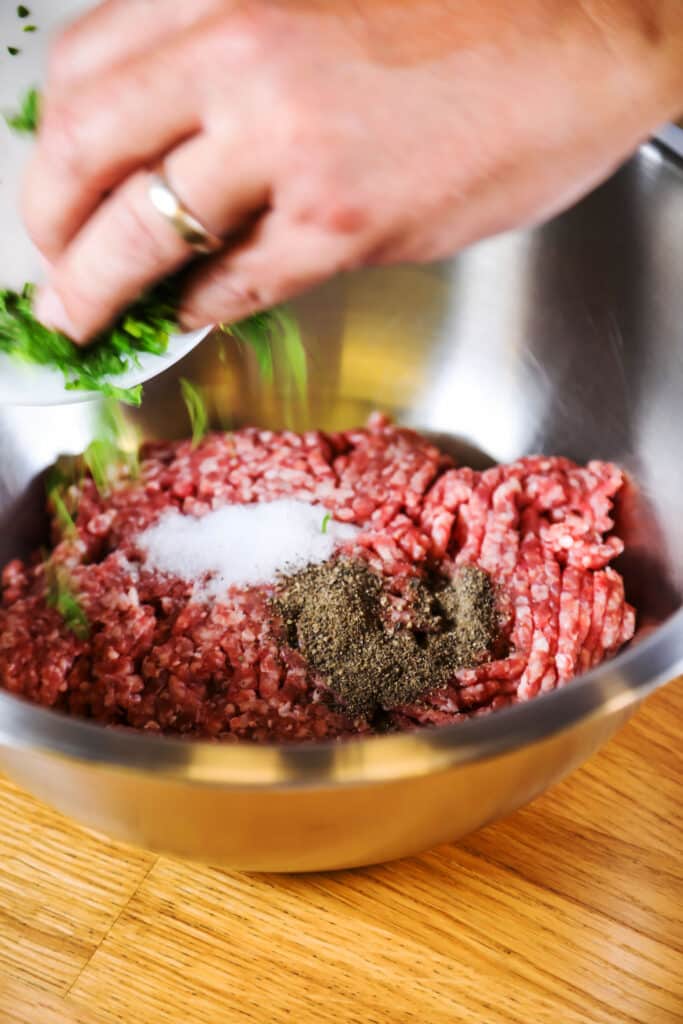
Star with a good cut of meat, something like the front shoulder which will provide a good amount of fat.
Have the meat ground, or put it into your food processor and chop it into very fine bits.
There are many burger recipes that you can follow for flavoring.
I’m a big fan of garlic so I make sure that goes in with the salt and pepper, and combined with the lamb.
Divide the meat mixture into equally sized large meatballs, then shape them into burgers using a biscuit cutter.
It is always a good practice to make an indentation in the center of each patty to keep them from swelling.
A large cast iron skillet over medium heat is perfect for cooking your lamb mixture burgers.
I like to use olive oil and will add that as I heat a large cast iron pan.
Add your burgers and cook for 3 to 5 minutes on each side or cook to your desired temperature.
What is a Lamb?
A lamb is a sheep in its first year.
Hogget meat comes from sheep in their second year, and mutton is the meat of older sheep.
Lamb meat is typically from animals that are between one month, and one year old, with a carcass weight of 5.5 to 30 kg.
Lamb meat is more tender than that of older sheep, and it is more commonly found on tables in Western countries.
In the Middle Ages, farmers discovered that sheep were the most productive crop, supplying meat, wool, skins for paper, and milk for butter and cheese.
What is a Lamb Burger?
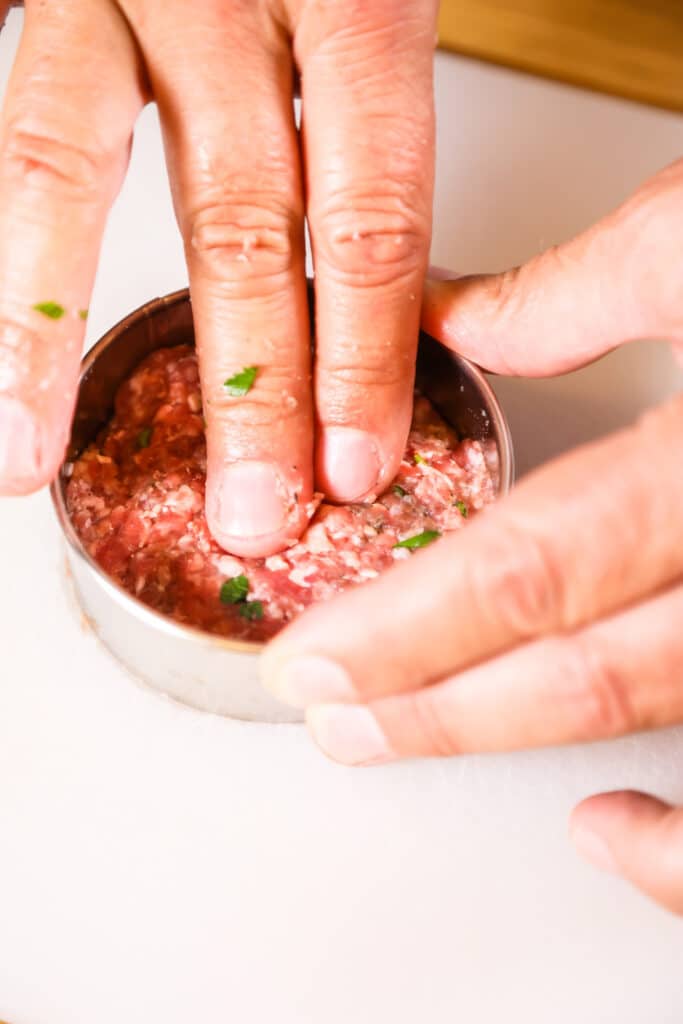
Ground meat is thought to have been first consumed by the Ancient Egyptians, for various dishes.
It has since been formed into patties, and is very popular in a bun having been cooked over charcoal.
Later on, the shape, contents, and names of these patties differed from country to country.
Meat was ground using a sharp stone or knife rather than a grinder back then.
The burger itself can be traced all the way back to Eastern Mongolia.
Apparently Genghis Khan and his army of fearsome Mongol warriors would place flat lamb patties under their saddles.
This action of pounding would tenderize the meat with the bouncing of their saddles.
These early patties were claimed to have been transported into Russia and named steak tartar after Mongolian Tartar soldiers.
It was used by Arabs to make kibbeh, a ground lamb dish that was a forerunner to the hamburger that we consume today.
Germans were the first to bring the burger concept to the United States, specifically from the city of Hamburg.
Hamburg was the port city that most Germans heading to the U.S. left from.
Rather than being chopped or minced, the original hamburger was a tenderized chunk of meat smashed with a hammer.
And that is how hamburgers became hamburgers in the United States.
Then lamb burgers became lamb burgers soon after that!
How Lamb is Raised Makes a Difference
How sheep are cared for, what they are fed and how they are ultimately butchered are all determined by lamb industry trends in each country.
Each of these factors can add to a distinct lamb flavor depending on where the animal is raised..
The majority of American lamb is grass-fed, and as a result, the flesh is leaner and has a stronger lamb flavor.
When lamb is fed a grass diet, the meat turns a darker red color with a more gamey flavor.
However, grain fed lamb is becoming more popular in the United States as a result of industry trends.
This is mainly done to make the sheep bigger before they are butchered.
Australian and New Zealand lamb, on the other hand, is entirely grass fed.
As a result, their lamb tends to be smaller but still incredibly soft.
Interesting Facts about Sheep
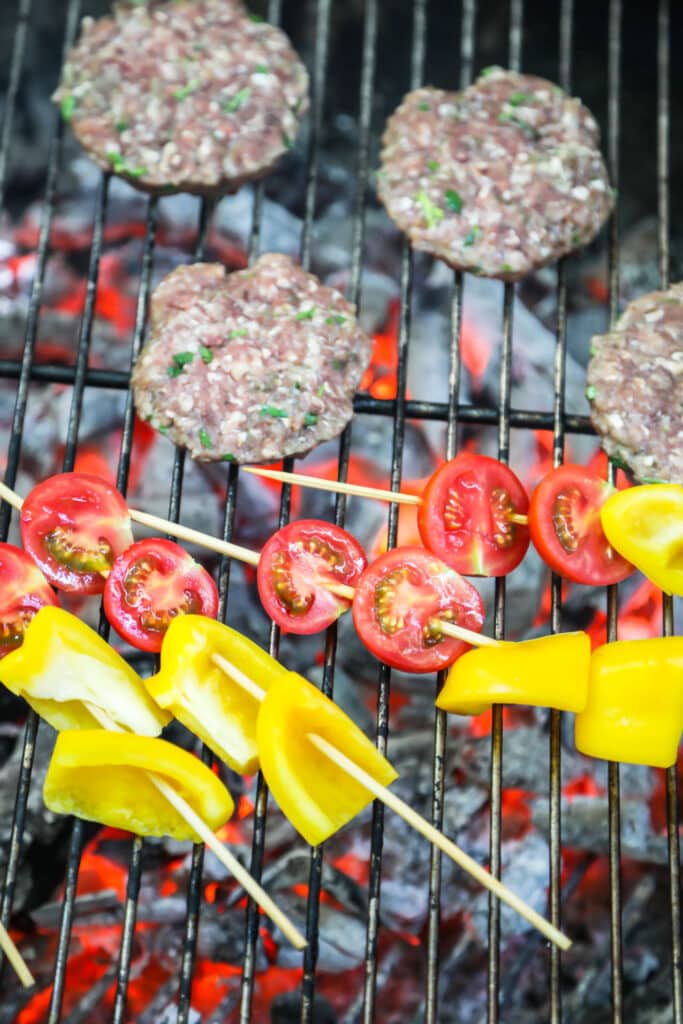
Domestication of sheep goes back to between 11,000 and 9,000 BC, in Mesopotamia. Sheep were one of the first creatures that humans domesticated.
Sheep teeth and bones discovered at Çatalhöyük, in Southern Anatolia, indicate that domestic sheep herds may have established themselves in the area.
These animals were introduced to Africa not long after they were domesticated in Western Asia.
They were first introduced to North Africa via the Sinai, and were present in ancient Egyptian society between 8,000 and 7,000 years ago.
Excavations suggest that the Castelnovien people, who lived around Châteauneuf-les-Martigues near present-day Marseille in the south of France.
They were among the first in Europe to maintain domestic sheep in 6000 BCE, during the Neolithic period of prehistory.
Ancient Greek civilization relied on sheep as primary livestock.
Later, the Roman Empire raised sheep on a large scale, and the Romans were a major force in the development of sheep farming throughout Europe.
In North America, with Christopher Columbus’s second journey in 1493, the first domestic sheep arrived, most likely of the Churra breed.
Churras were also brought to the Navajo tribe of Native Americans, where they became an important element of their culture and lifestyle.
Sheep are an essential element of both Australian and New Zealand cultures, and economy.
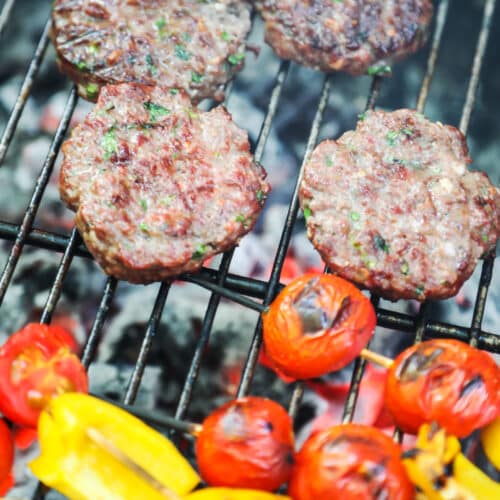
Lamb Burgers (The Other Red Meat)
Ingredients
- 1 lb Lamb ground
- 4 Cloves Garlic crushed
- ¾ tsp Salt
- ½ tsp Pepper
- 2 tbsp Parsley chopped
Instructions
- Combine all ingredients in a bowl and mix well with your hands.
- Shape burgers using a biscuit cutter.
- Cook for 3 to 5 minutes on each side.

